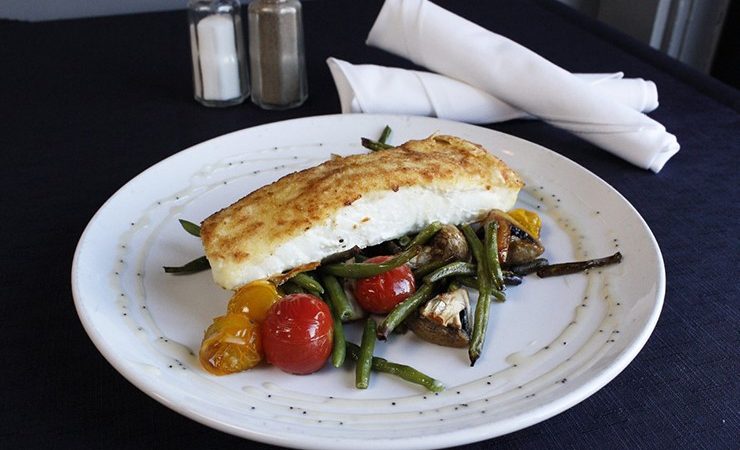The Soaring Debate: Can Chickens Fly or Not?”

Chickens, the ubiquitous and clucking companions of farms worldwide, are often associated with fluttering feathers and short flights across the coop. However, the question of whether chickens can truly fly is a topic that has sparked curiosity and debate among poultry enthusiasts and casual observers alike. In this article, we’ll delve into the fascinating world of chicken flight, exploring their anatomy, natural behaviors, and the truth behind their aerial capabilities.
The Anatomy of Flight:
Unlike their wild counterparts, domesticated chickens are not renowned for their flying prowess. The anatomy of chickens is adapted for a terrestrial lifestyle, with their bodies designed more for scratching the ground than for taking to the skies. Chickens have relatively small wings compared to their body size, and their flight muscles are not as well-developed as those of birds specifically evolved for sustained flight.
While chickens have wings, they lack the necessary adaptations for long-distance flight. Their wing structure is more suited for short bursts of flight, such as escaping predators or reaching roosting spots in low branches. Unlike birds known for their impressive flights, like eagles or swallows, chickens are not built for soaring through the air for extended periods.
Natural Behaviors:
Chickens do exhibit a range of natural behaviors related to flight, even if their flights are short-lived and closer to hops or glides. Young chicks, in particular, engage in playful bursts of flapping and jumping, which can give the impression of flight. This behavior is often a part of their development as they strengthen their wing muscles and coordination.
Roosting is another behavior that involves some level of flight for chickens. In the wild, their ancestors would roost in trees at night to avoid ground predators. Domesticated chickens maintain this instinct and will fly up to roosting spots, especially if provided with elevated perches within their coop.
While these behaviors may give the illusion of flight, it’s crucial to distinguish between these short bursts of activity and the sustained, purposeful flight seen in birds adapted for long-distance travel.
Flight Capabilities of Different Chicken Breeds:
Not all chicken breeds are created equal when it comes to flight capabilities. Some breeds have retained more of their ancestral instincts and may be more prone to short flights, while others are selectively bred for specific traits, including reduced flight tendencies.
For instance, heavier and larger breeds like the Brahma or the Cochin are less likely to engage in prolonged flights due to their size and weight. On the other hand, lighter breeds such as the Leghorn or the Old English Game may display more agile flight behavior.
Environmental Factors:
Environmental factors play a significant role in influencing a chicken’s flight behavior. In a confined or densely populated space, chickens may have limited opportunities for flight. Conversely, providing ample space, varied terrain, and structures such as perches can encourage natural behaviors, including short flights.
Free-range environments where chickens have access to open spaces and elevated structures tend to stimulate their natural instincts. In such settings, you may observe chickens taking short flights or hopping onto fences, demonstrating their innate behaviors more prominently.
Flightlessness in Domesticated Chickens:
Selective breeding over generations has contributed to the development of certain chicken breeds that are essentially flightless. These breeds have been bred for specific purposes, such as meat or egg production, rather than for maintaining ancestral flight capabilities.
Examples of flightless breeds include the Cornish Cross, a popular meat bird known for its rapid growth and large size. These chickens are less likely to engage in flight, and their body conformation may hinder any attempts at prolonged aerial activity.
Conclusion:
In conclusion, while chickens are not renowned for their extensive flight capabilities, they do possess the anatomy and behaviors associated with short bursts of flight. The ability to fly varies among different breeds, with lighter breeds more inclined to engage in aerial activities than heavier, selectively bred counterparts.
Understanding the natural behaviors and instincts of chickens is crucial for providing them with suitable living conditions. Whether observing playful jumps in young chicks or witnessing agile flights in free-range environments, appreciating the nuances of chicken flight adds a layer of intrigue to these charismatic birds’ lives. So, the next time you watch a chicken flutter its wings, remember that while they may not soar like eagles, they certainly have their own unique way of navigating the world around them.
Can chickens fly at all?
-
- Chickens can fly to some extent, but their flight is typically limited to short bursts such as hopping or gliding. They are not known for sustained or long-distance flight.
Why don’t chickens fly like other birds?
- Chickens have been selectively bred for various traits, and many domesticated breeds are not optimized for extensive flight. Their anatomy, including smaller wings and less developed flight muscles, is adapted for a terrestrial lifestyle.
Do all chicken breeds have the same flying abilities?
- No, different chicken breeds vary in their flying capabilities. Lighter breeds are generally more agile and may engage in short flights, while heavier breeds are often less inclined to fly due to their size and weight.
Do chickens fly for fun or only when necessary?
- Chickens may engage in short flights for various reasons. Young chicks, for example, may playfully flap their wings as part of their development. Chickens also fly to reach roosting spots, escape perceived threats, or explore their environment.
Can chickens be trained to fly or encouraged to fly more?
- While you can’t precisely “train” chickens to fly, providing a spacious and enriched environment with structures like perches can encourage natural behaviors, including short flights. However, it depends on the individual chicken and its breed tendencies.
Are there flightless chicken breeds?
- Yes, some chicken breeds have been selectively bred to be essentially flightless. These breeds are often chosen for specific purposes such as meat or egg production, and their body conformation may hinder any attempts at prolonged flight.
Can backyard chickens fly over fences or enclosures?
- Depending on the breed, backyard chickens may be able to fly short distances. If you have concerns about your chickens escaping, it’s essential to evaluate the height and design of your enclosure to prevent any potential flights over fences.
- Yes, some chicken breeds have been selectively bred to be essentially flightless. These breeds are often chosen for specific purposes such as meat or egg production, and their body conformation may hinder any attempts at prolonged flight.
- While you can’t precisely “train” chickens to fly, providing a spacious and enriched environment with structures like perches can encourage natural behaviors, including short flights. However, it depends on the individual chicken and its breed tendencies.
- Chickens may engage in short flights for various reasons. Young chicks, for example, may playfully flap their wings as part of their development. Chickens also fly to reach roosting spots, escape perceived threats, or explore their environment.
- No, different chicken breeds vary in their flying capabilities. Lighter breeds are generally more agile and may engage in short flights, while heavier breeds are often less inclined to fly due to their size and weight.
- Chickens have been selectively bred for various traits, and many domesticated breeds are not optimized for extensive flight. Their anatomy, including smaller wings and less developed flight muscles, is adapted for a terrestrial lifestyle.
- Chickens can fly to some extent, but their flight is typically limited to short bursts such as hopping or gliding. They are not known for sustained or long-distance flight.
-
Do chickens need to fly to be healthy and happy?
- Chickens don’t necessarily need to fly for their well-being. However, providing opportunities for natural behaviors, including short flights and perching, contributes to their overall mental and physical health. Free-range environments often allow for more natural activities.
What should be considered when designing a coop to accommodate chicken flight behaviors?
- When designing a coop, consider providing elevated perches or roosts for chickens to satisfy their natural instinct to roost. Ensuring adequate space and opportunities for short flights can also contribute to a healthier and happier flock.
Are there any safety concerns related to chickens flying?
- Safety concerns related to chicken flights are generally minimal. However, it’s essential to consider the surroundings and potential hazards. For example, if chickens are kept in an urban setting, flying over fences might lead to encounters with traffic or other urban dangers.
- When designing a coop, consider providing elevated perches or roosts for chickens to satisfy their natural instinct to roost. Ensuring adequate space and opportunities for short flights can also contribute to a healthier and happier flock.
- Chickens don’t necessarily need to fly for their well-being. However, providing opportunities for natural behaviors, including short flights and perching, contributes to their overall mental and physical health. Free-range environments often allow for more natural activities.






